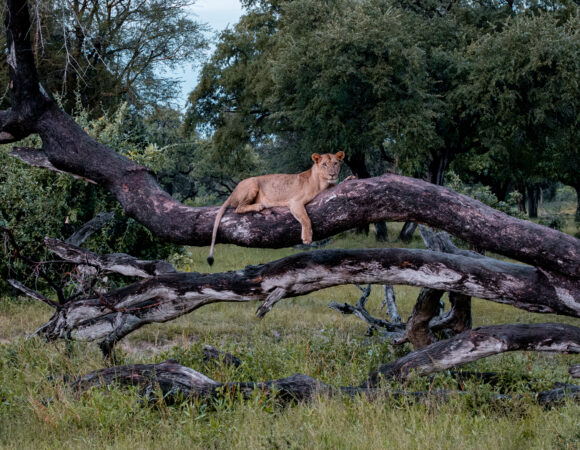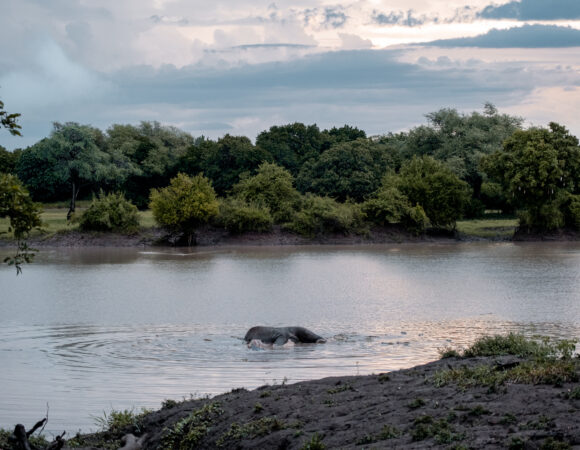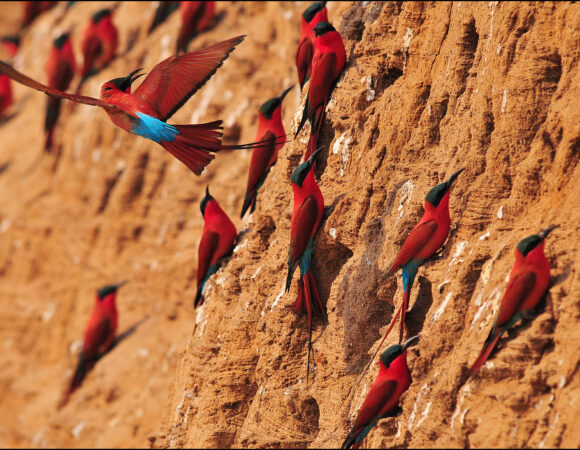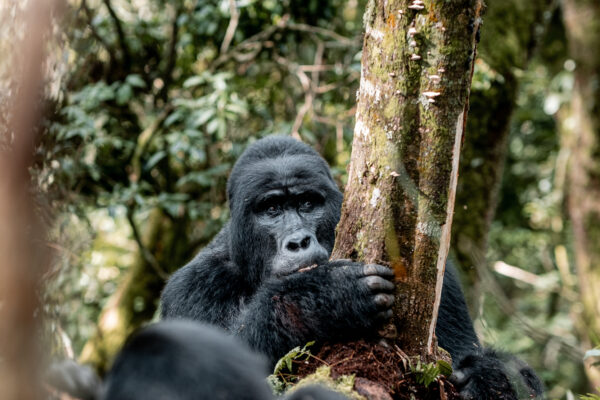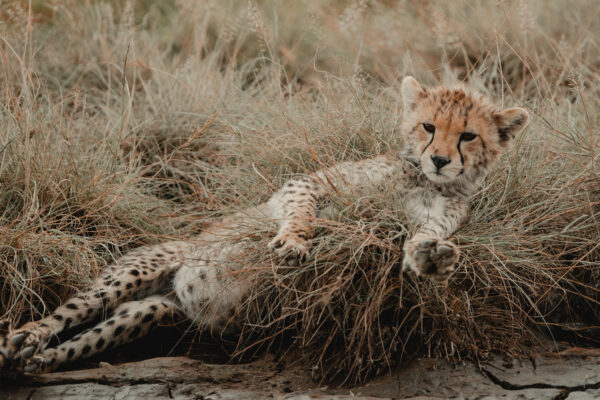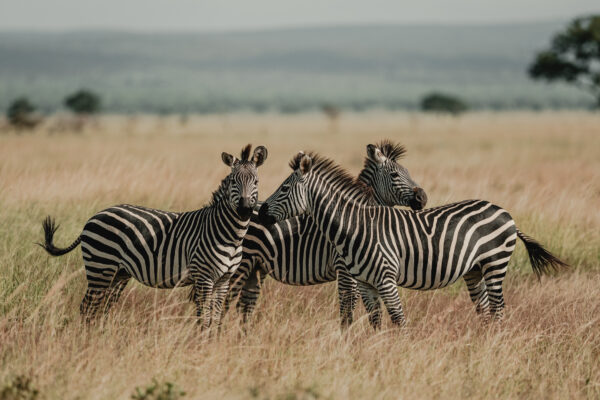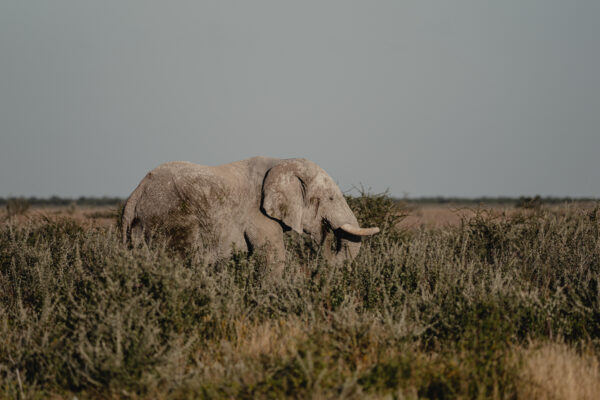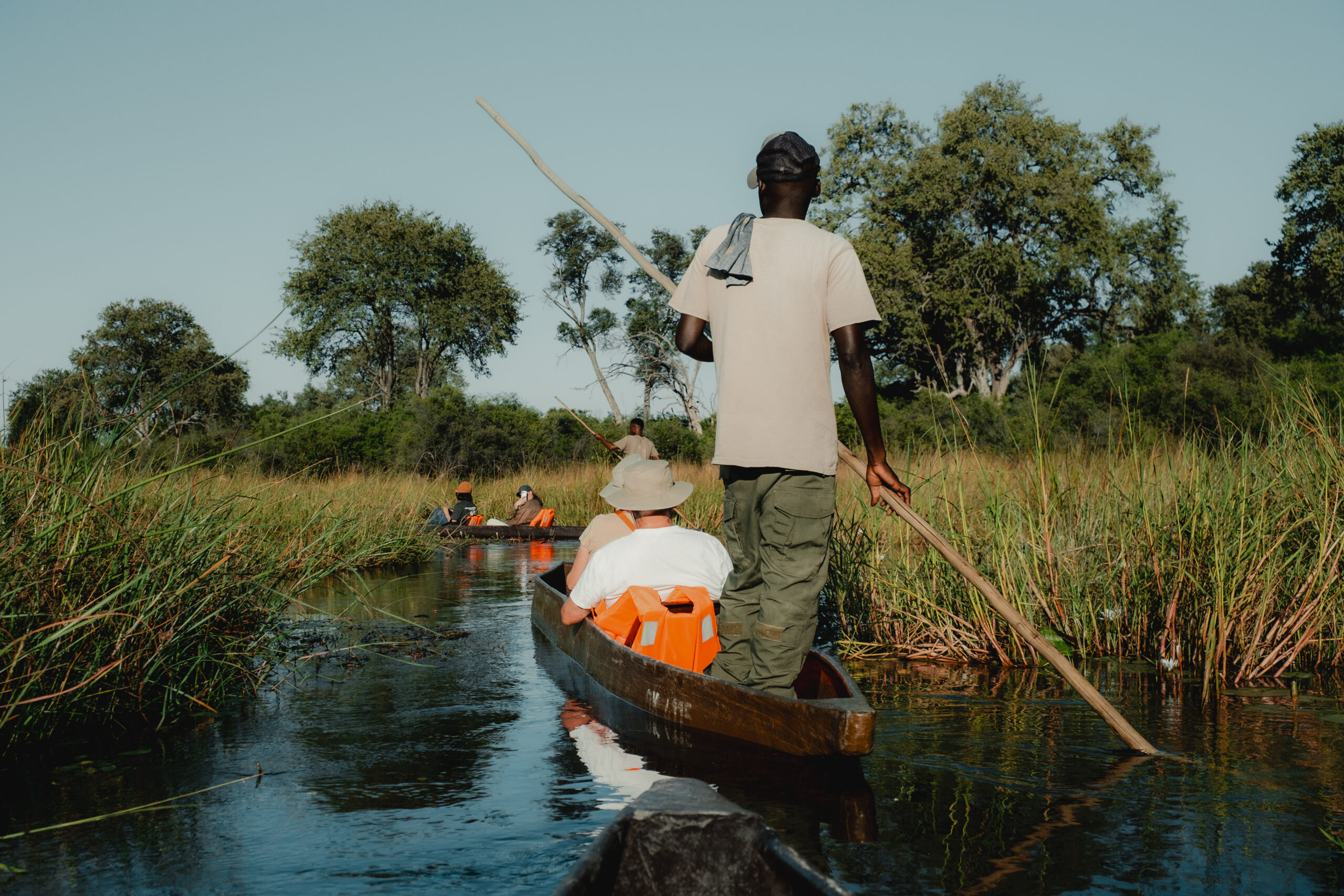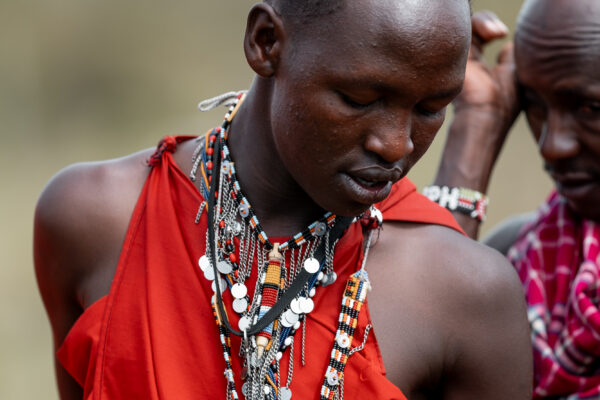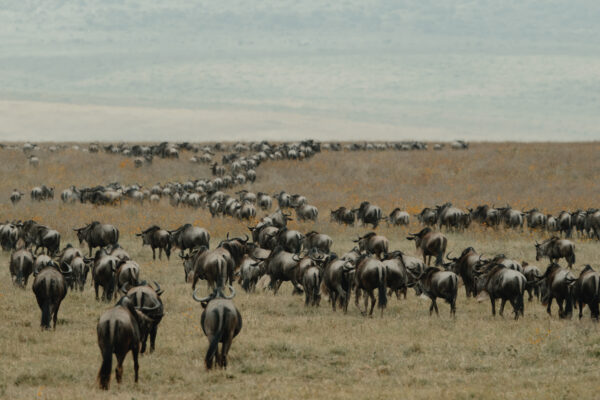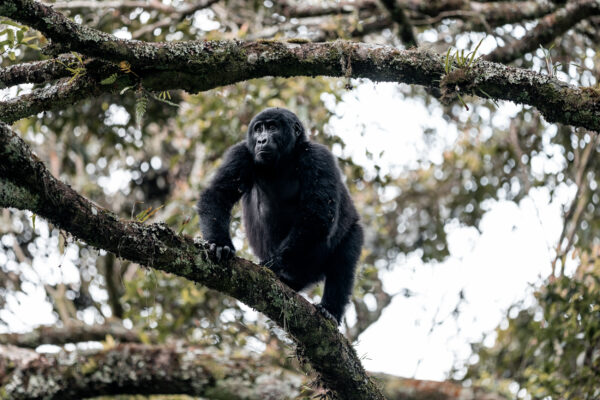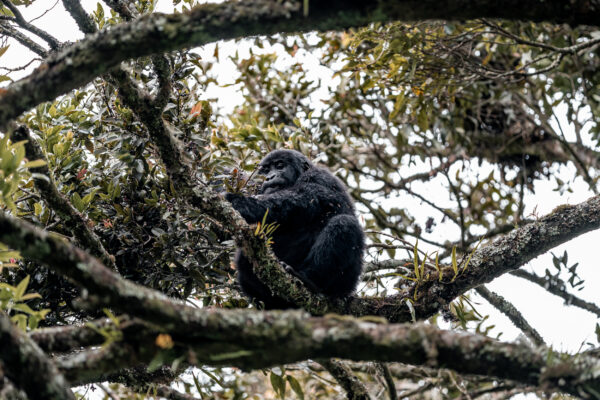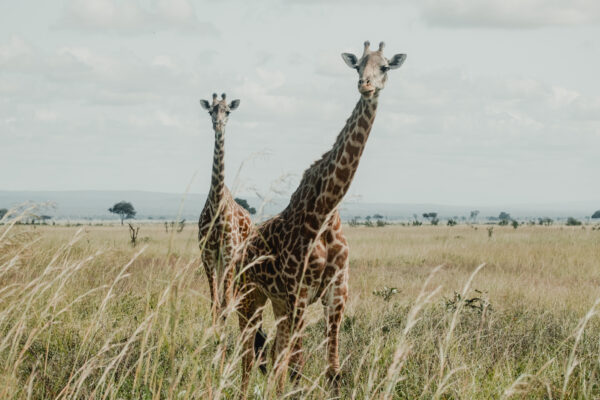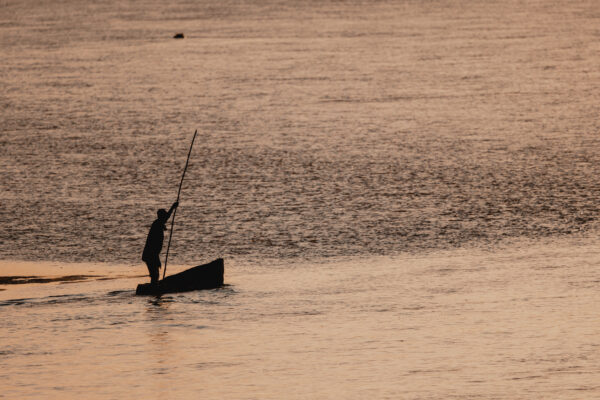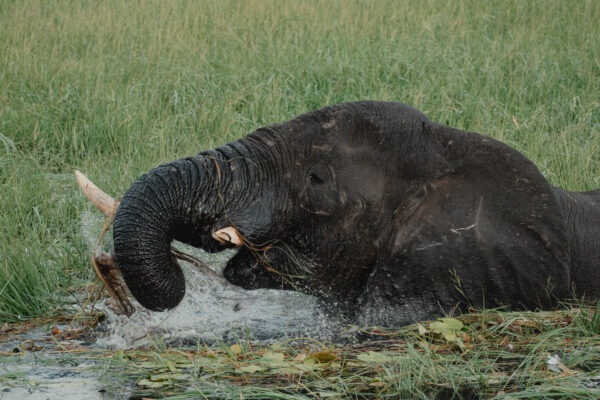- Home
- South Luangwa National Park
ZAMBIA
SOUTH LUANGWA NATIONAL PARK
LUANGWA RIVER, MOHOGANNY FOREST, OX-BO LAKES, 4x4 OPEN VEHICLE SAFARIS, SEASONAL BUSH WALKS, SUNSET DRINKS
South Luangwa National Park: A Jewel of Zambia’s Wilderness
South Luangwa National Park, located in eastern Zambia, is one of Africa’s most pristine and breathtaking wildlife sanctuaries. Covering approximately 9,050 square kilometers, it is renowned for its unspoiled beauty, dense wildlife populations, and the meandering Luangwa River, which is the lifeblood of the park. This river, with its oxbow lagoons and floodplains, attracts an extraordinary variety of animals, making South Luangwa one of the best safari destinations on the continent.
A Wildlife Haven
South Luangwa is home to an astonishing diversity of animals, including over 60 mammal species and more than 400 bird species. The park is famous for its large herds of elephants, Cape buffalo, and the elusive leopard, which is frequently sighted due to the park’s high density of these big cats. Lions are also common, often seen hunting buffalo in dramatic confrontations.
One of the park’s most unique inhabitants is the Thornicroft’s giraffe, a subspecies found only in the Luangwa Valley. The Cookson’s wildebeest, another endemic species, adds to the park’s distinctiveness. Hippos and crocodiles thrive in the Luangwa River, often seen basking on sandbanks or wallowing in the water.
Interesting Facts About South Luangwa
- Birthplace of Walking Safaris – South Luangwa is widely regarded as the birthplace of the walking safari, pioneered in the 1950s by legendary conservationist Norman Carr. Walking safaris remain one of the best ways to experience the park’s wilderness up close.
- Nocturnal Safari Adventures – The park is one of the few places in Africa where night safaris are permitted, offering visitors a rare chance to see nocturnal species like bush babies, civets, and leopards on the hunt.
- Seasonal Transformations – The landscape changes dramatically between the dry and wet seasons. In the dry months (May to October), animals gather around shrinking waterholes, creating exceptional game-viewing opportunities. During the rainy season (November to April), the park bursts into lush greenery, attracting migratory birds.
South Luangwa remains a hidden gem for safari enthusiasts, offering an authentic and immersive African wilderness experience.

